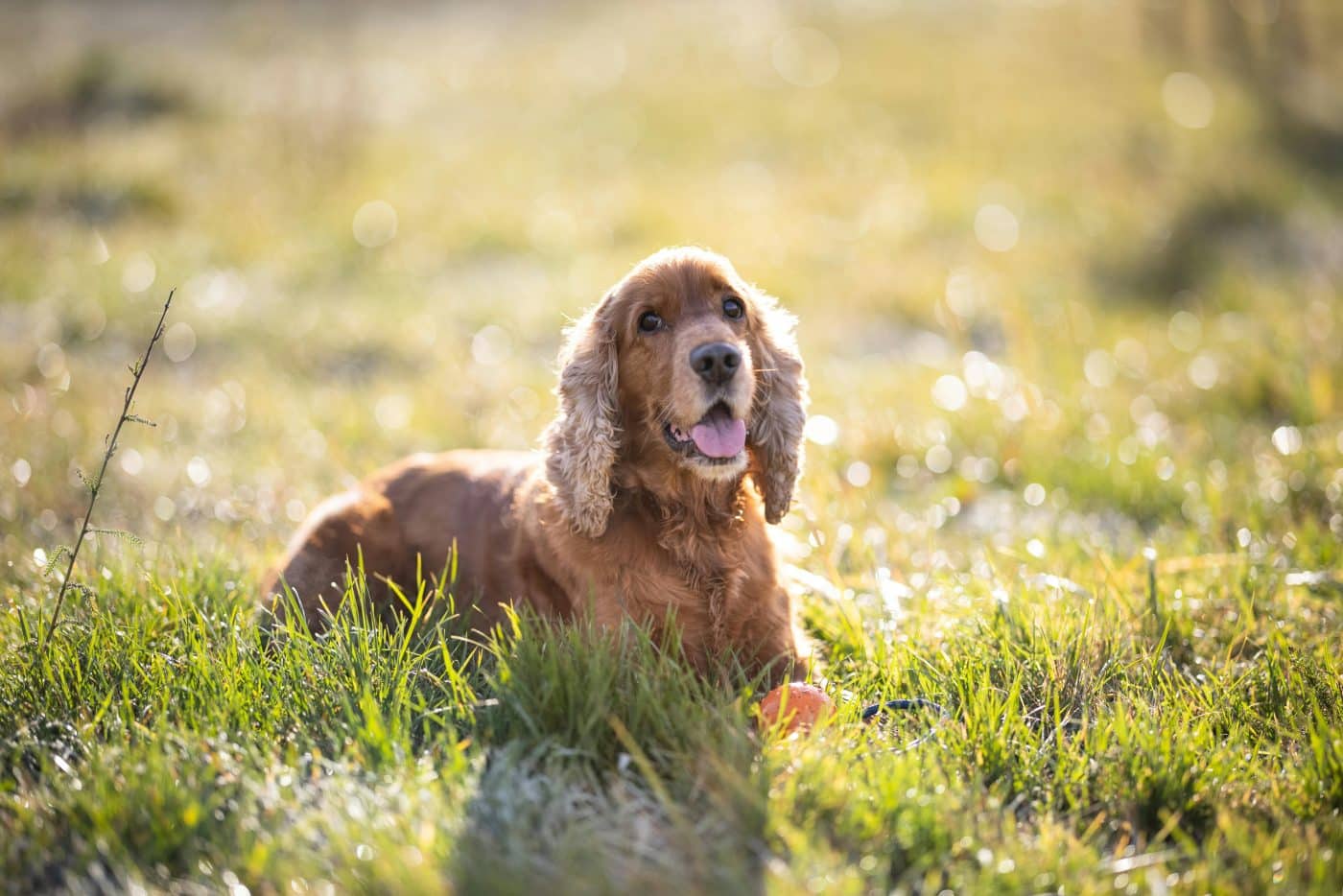 Shutterstock
Shutterstock
The Golden Age of Hollywood sparkled with glamor, star power—and unforgettable canine cameos. While legends like Audrey Hepburn and Humphrey Bogart lit up the screen, some dog breeds were busy stealing scenes and charming audiences right alongside them. With their photogenic looks, loyalty, and natural charisma, these pups weren’t just background fluff—they were full-blown stars. Whether performing daring rescues, delivering perfect comedic timing, or melting hearts with one soulful glance, these dogs earned their place in movie history as true Hollywood royalty—no agent, no script, just paws, and pure presence.
Rough Collie
 Shutterstock
Shutterstock
Thanks to Lassie, the Rough Collie became one of the most recognizable and beloved breeds in cinematic history. This intelligent, loyal, and regal dog starred in a slew of films beginning in the 1940s, capturing the hearts of audiences with her heroic antics and gentle demeanor. Lassie wasn’t just a character—she was a phenomenon, leading to books, radio shows, and TV series. Her flowing coat and expressive eyes gave her an unmatched screen presence. To this day, the Rough Collie is associated with bravery, beauty, and serious acting chops.
Cairn Terrier
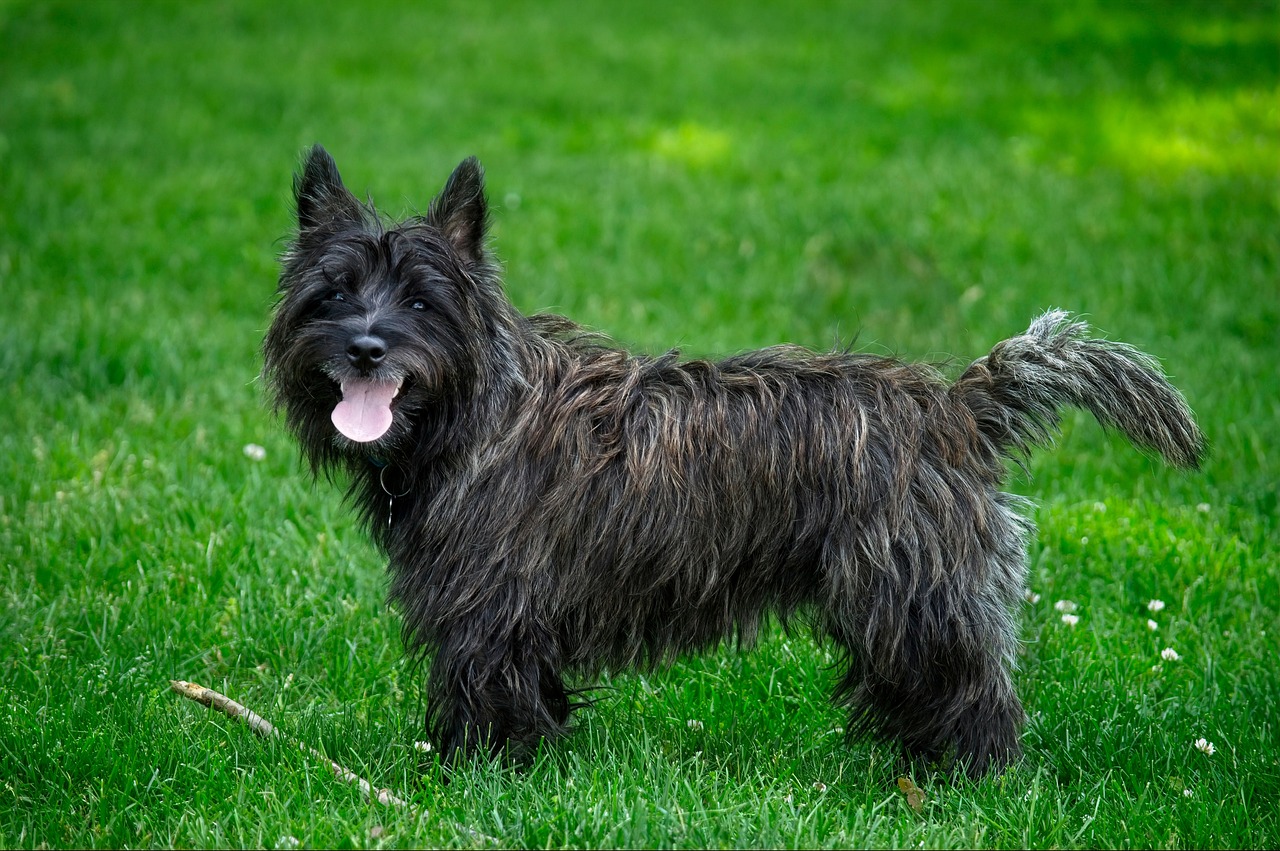 Shutterstock
Shutterstock
The Cairn Terrier skyrocketed to stardom as the unforgettable Toto in The Wizard of Oz. Small in stature but massive in personality, Toto held his own among witches, wizards, and flying monkeys. He was Dorothy’s constant companion, perfectly portraying the loyal and adventurous spirit of the breed. With scruffy fur and boundless energy, the Cairn Terrier made an impact so big that he’s still one of the most beloved movie dogs of all time. Honestly, he deserved an Oscar—or at least his own spin-off.
German Shepherd
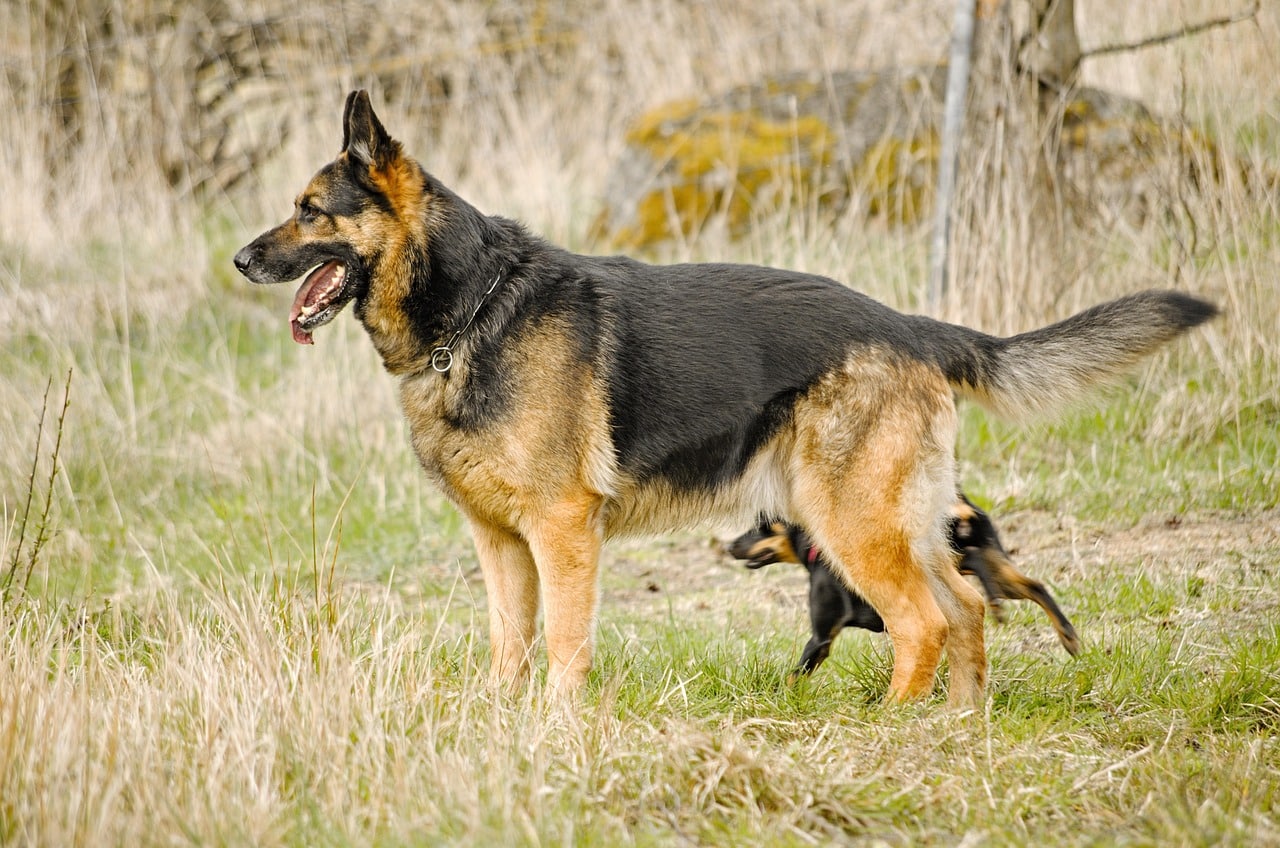 Shutterstock
Shutterstock
The German Shepherd dominated early Hollywood with none other than Rin Tin Tin, a real-life war dog turned movie megastar. Discovered on a battlefield in World War I, Rin Tin Tin’s rise to fame is the stuff of legends. He appeared in silent films and talkies, performing stunts, saving lives, and raking in serious box office returns. Audiences were captivated by his intelligence, athleticism, and noble appearance. To this day, the German Shepherd remains a favorite for action-packed roles and heroic characters.
Poodle
 Shutterstock
Shutterstock
Elegant and always camera-ready, Poodles were often used in Golden Age films to represent luxury and sophistication. Whether strutting beside a starlet or lounging in an opulent setting, the Poodle knew how to elevate a scene. Their intelligence made them easy to train for complex performances, and their showy coats gave them that timeless Hollywood flair. Even Lucille Ball had a famous Poodle sidekick in her comedic adventures. One could argue the Poodle never left the spotlight—it just took a nap on a velvet pillow.
Saint Bernard
 Shutterstock
Shutterstock
Long before modern disaster movies, the Saint Bernard was the original big-screen gentle giant. Thanks to the breed’s association with alpine rescues and warmhearted loyalty, they frequently appeared as noble saviors or comedic giants. Their massive size and soulful eyes brought a unique combination of drama and warmth to the screen. While Beethoven made the breed famous again in the ’90s, Saint Bernards were scene-stealers in classic cinema too. Let’s be honest, they don’t need CGI—they are the special effect.
Boxer
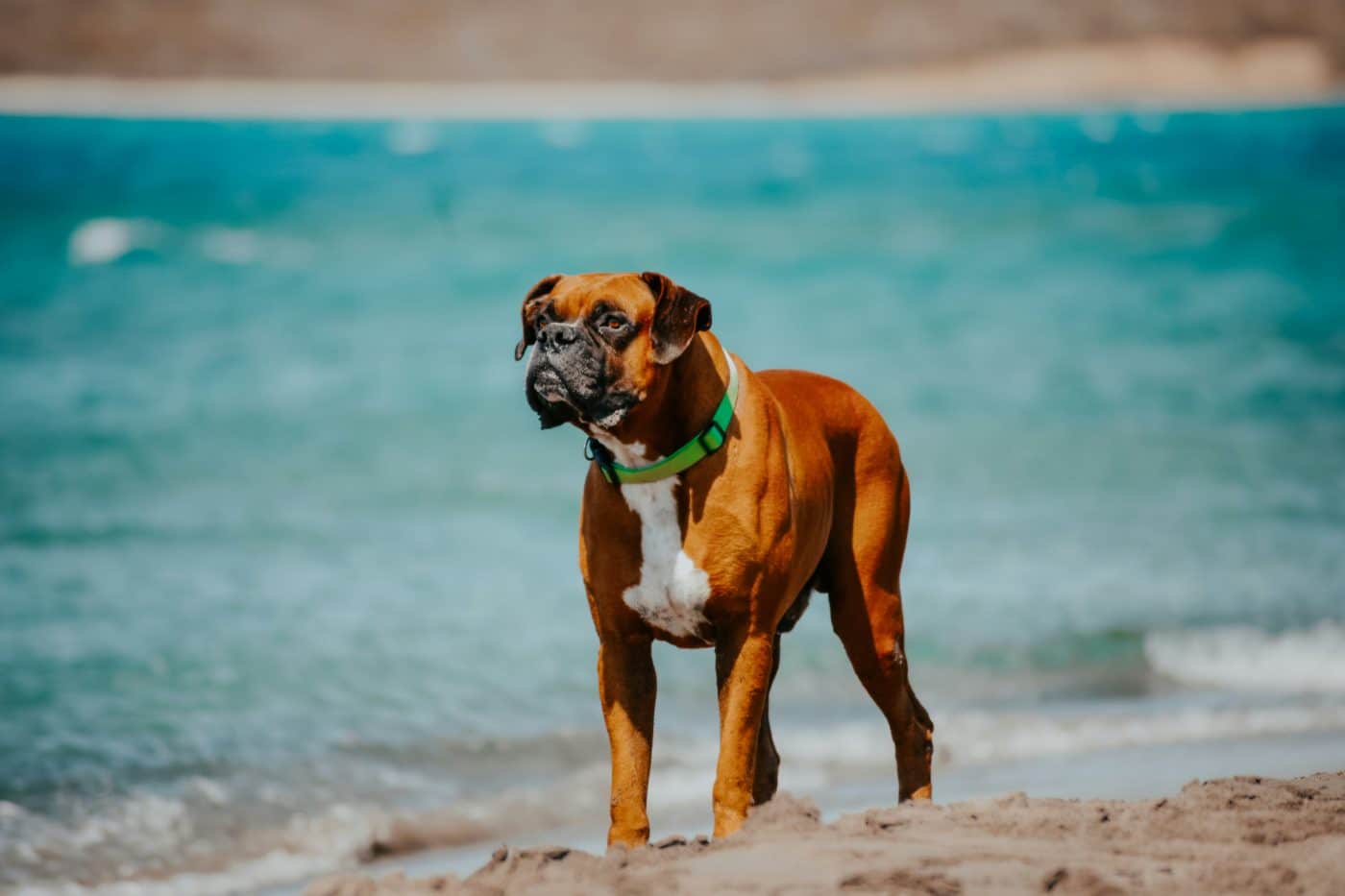 Shutterstock
Shutterstock
With their expressive faces and lovable energy, Boxers made for excellent comedic sidekicks in Golden Age comedies and family films. Their square jaws and goofy grins lent themselves to slapstick moments and heartfelt scenes alike. Directors loved their animated personalities and loyal nature, which made them both trainable and incredibly engaging. Boxers weren’t just dogs in the background—they had presence. If dogs had casting agents, the Boxer’s résumé would be all smiley headshots and rave reviews.
Cocker Spaniel
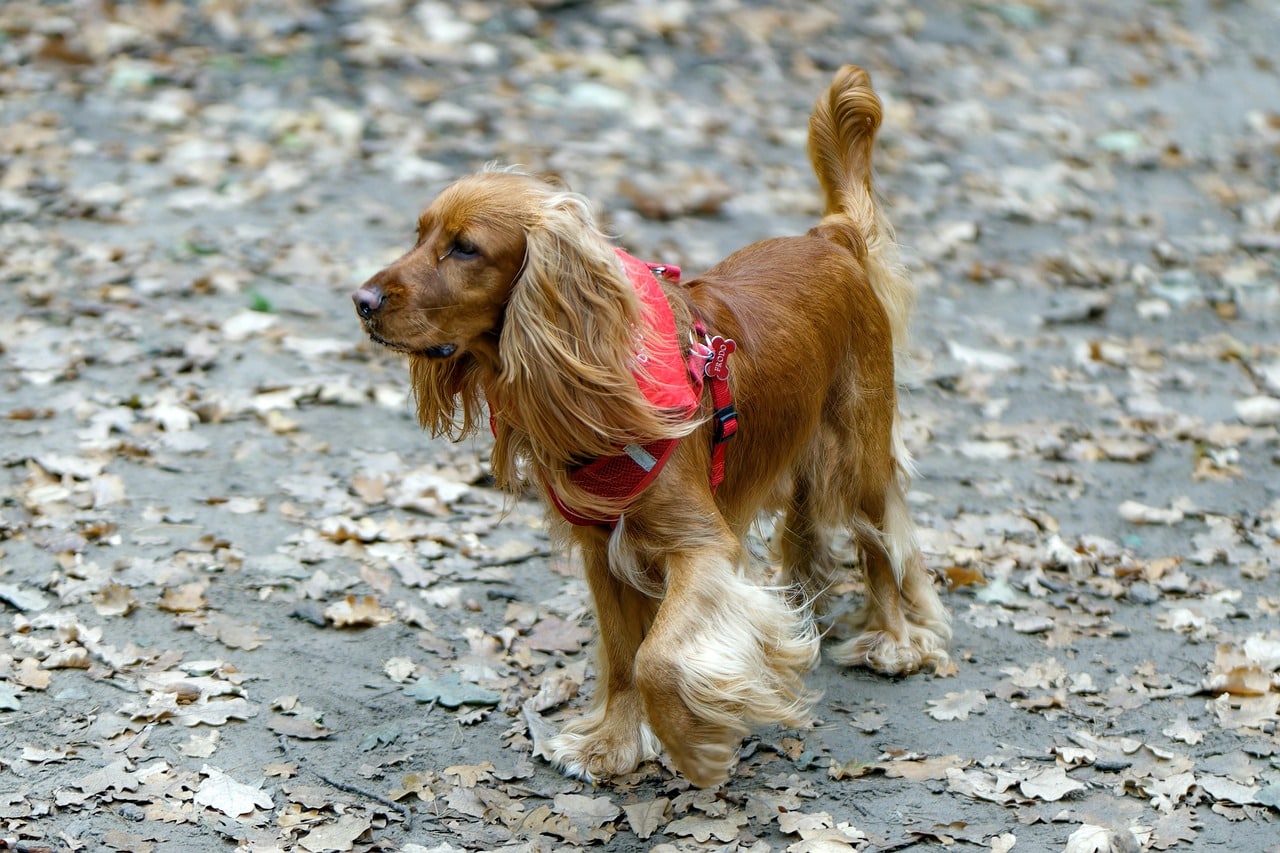 Shutterstock
Shutterstock
The Cocker Spaniel gained fame thanks in part to Disney’s animated classic Lady and the Tramp, but even before then, this breed was a favorite among glamorous stars. Their flowing ears, gentle expression, and affectionate nature made them ideal companions for screen icons like Katharine Hepburn. These dogs were often seen nestled on chic sofas or walking alongside leading ladies, looking like they just stepped out of a Vogue shoot. They defined canine elegance—and slurped spaghetti-like pros.
Fox Terrier
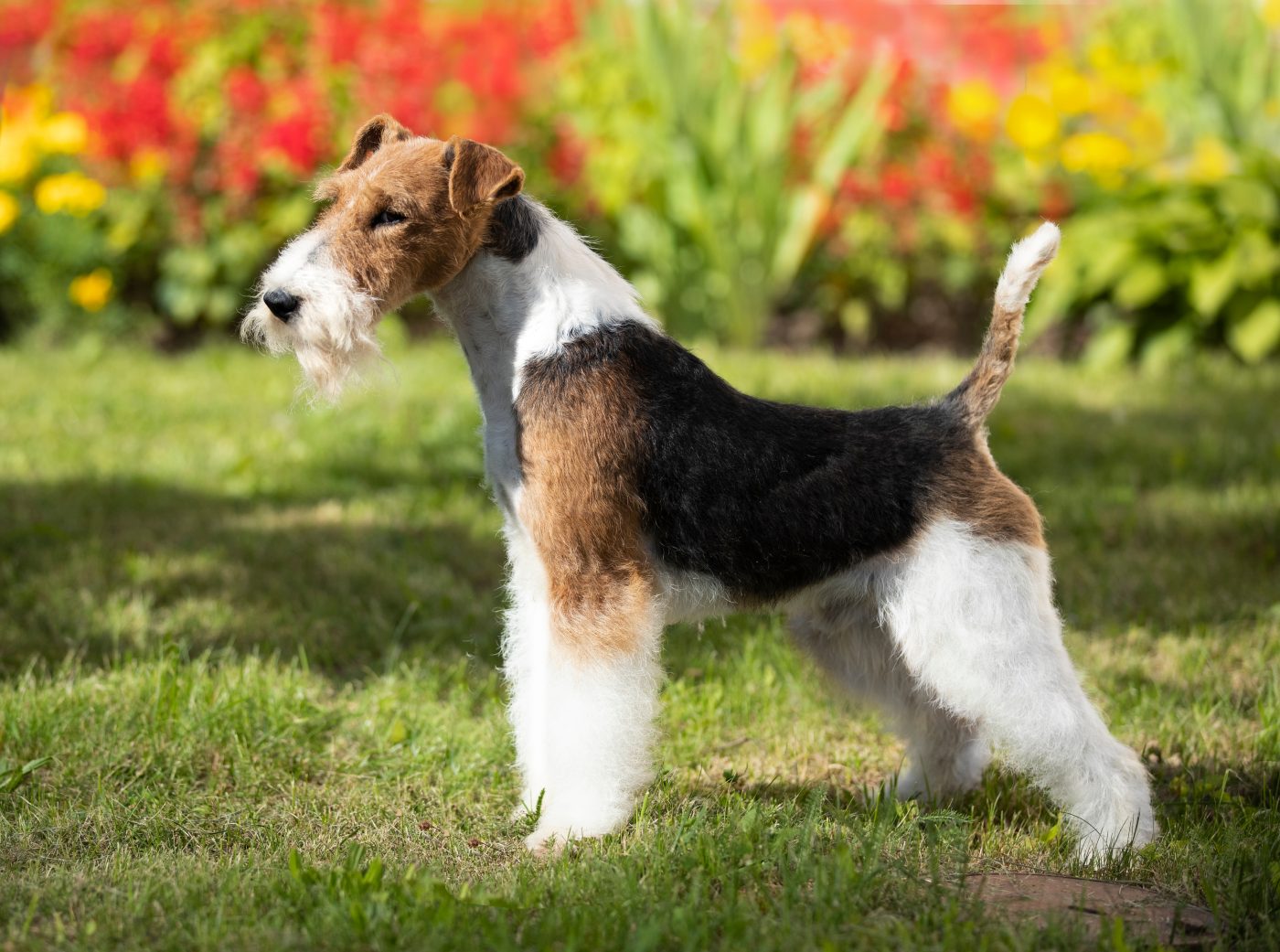 Shutterstock
Shutterstock
The Fox Terrier had a real moment during the Golden Age, often appearing in detective films, comedies, and slapstick routines. Their wiry coats and spunky attitudes gave them a mischievous charm that directors adored. This breed was famously featured in the Thin Man films as Asta, who managed to steal nearly every scene with his energetic antics and sharp reactions. Asta wasn’t just a pet—he was practically a co-star. Audiences didn’t just want a Fox Terrier; they wanted that Fox Terrier.
Great Dane
 Shutterstock
Shutterstock
The Great Dane was frequently cast as the comedic contrast—massive in size, yet often timid or hilariously out of place. Their towering height and soulful eyes made them the perfect gentle giant. Hollywood loved placing them in scenes that required physical humor, usually knocking over furniture or tiptoeing through awkward situations. Yet, beneath the laughs, they brought a surprising tenderness that resonated with audiences. Think of them as the lovable goofballs of Old Hollywood cinema.
Chihuahua
 Shutterstock
Shutterstock
Tiny but packed with personality, the Chihuahua became a symbol of sass and sophistication. Often featured in the purses or arms of glamorous actresses, these pint-sized pups had a larger-than-life screen presence. Their confidence and bold expressions made them ideal for comedic or aristocratic roles. They weren’t just cute—they were scene dominators. If a Chihuahua showed up on screen, you knew something fabulous was about to happen.
Scottish Terrier
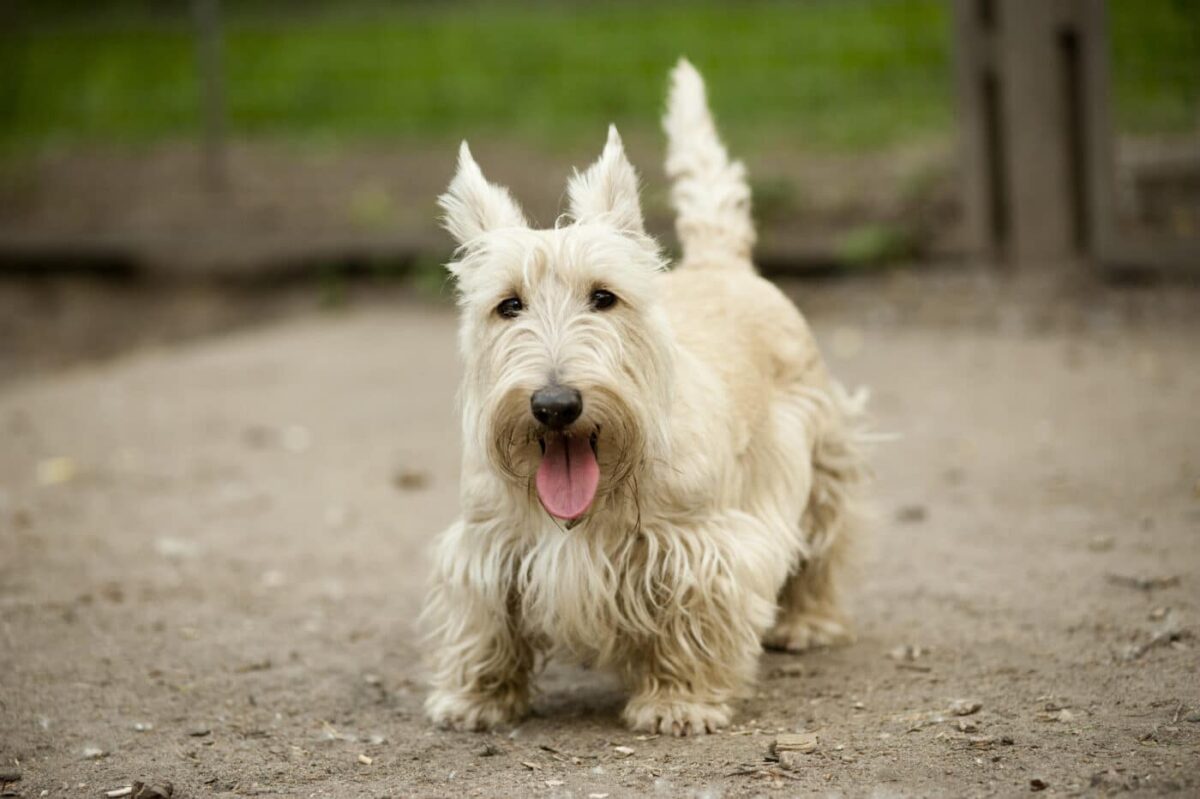 Shutterstock
Shutterstock
The Scottish Terrier, with its distinct profile and dignified demeanor, was a frequent pick in both film and political circles—looking at you, FDR, and his beloved Fala. These classy little dogs often played loyal companions to elite characters or cheeky scene-stealers in light-hearted comedies. Their strong-willed nature made them excellent for dynamic roles that needed a little spice. They had a way of making every scene feel 30% more important just by being in it.
Dalmatian
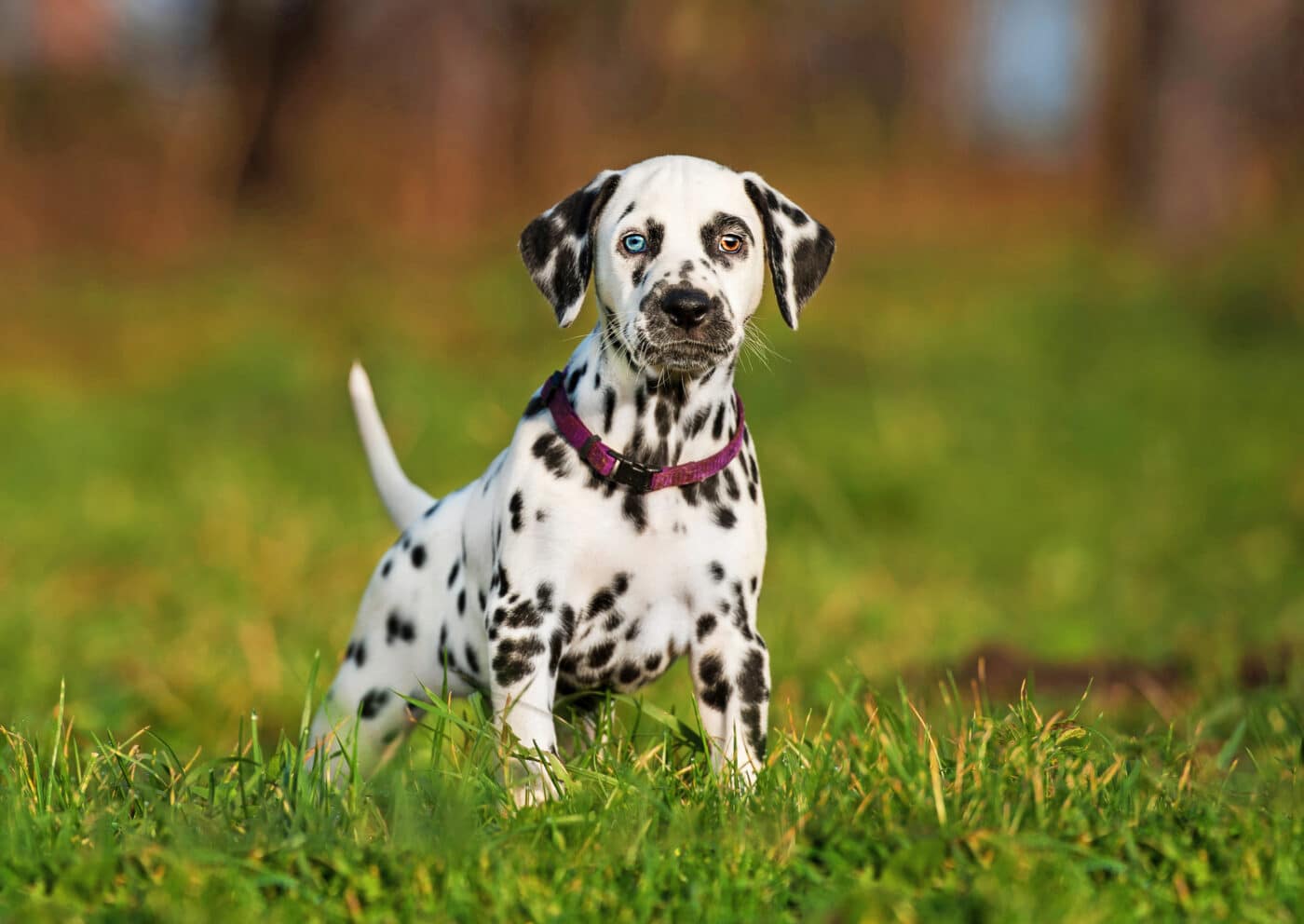 Shutterstock
Shutterstock
Before Disney made them famous in 101 Dalmatians, these spotted beauties were already gracing the sets of Hollywood productions. Their eye-catching coats and poised appearance made them ideal for regal or stylish roles. Often paired with elegant characters, Dalmatians became symbolic of both grace and alertness. They weren’t just dogs—they were fashion. Even today, walking one down a red carpet basically screams, “Yes, I own this moment.”
Wirehaired Terrier
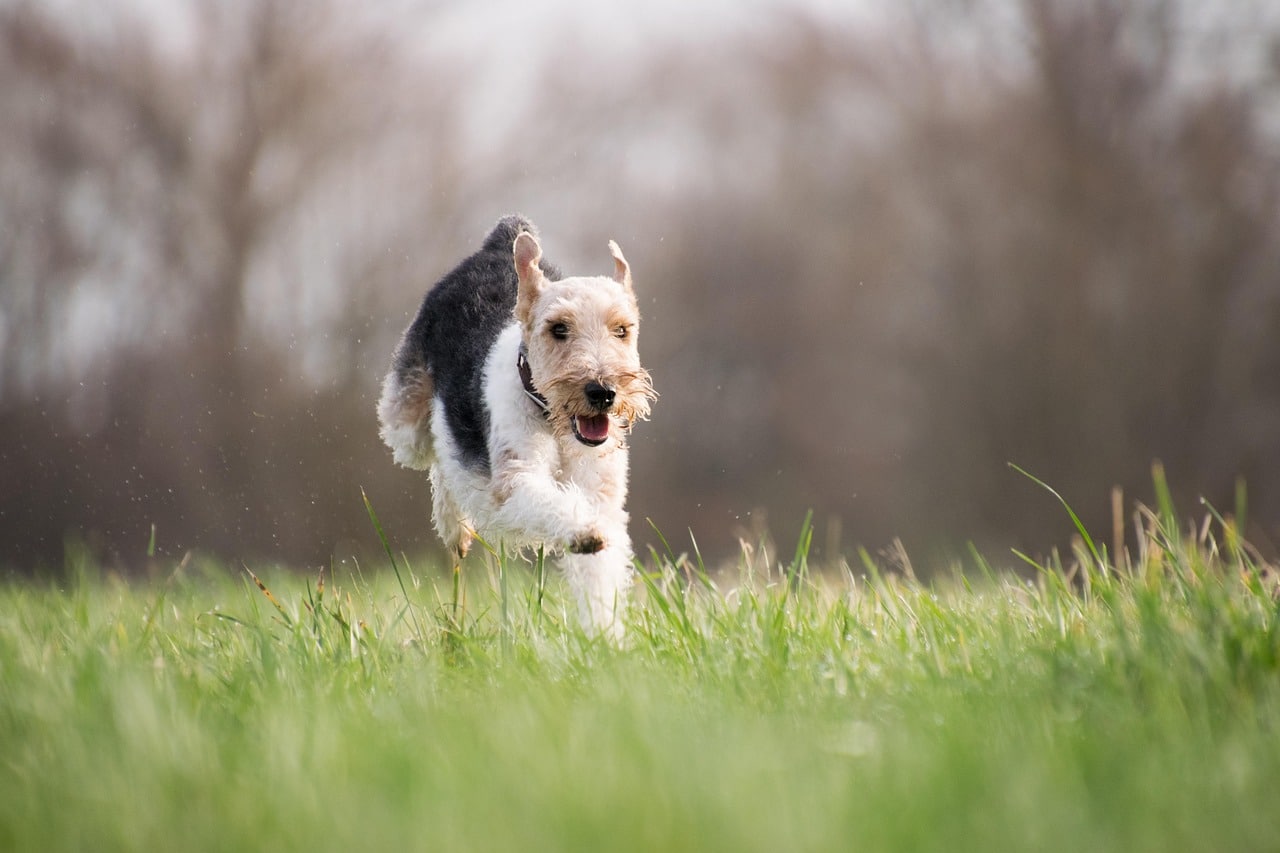 Shutterstock
Shutterstock
This spunky breed was often the go-to for early sitcoms and comedy shorts, offering boundless energy and delightful expressions. Their wiry coats and perky ears made them naturally animated on screen. Wirehaired Terriers could easily play the part of a curious companion or a little troublemaker with a heart of gold. Their timing (yes, comedic timing!) often made them ideal for laugh-out-loud moments. You haven’t seen true acting until you’ve seen one chase its tail during a pivotal emotional scene.
Paws, Cameras, Action!
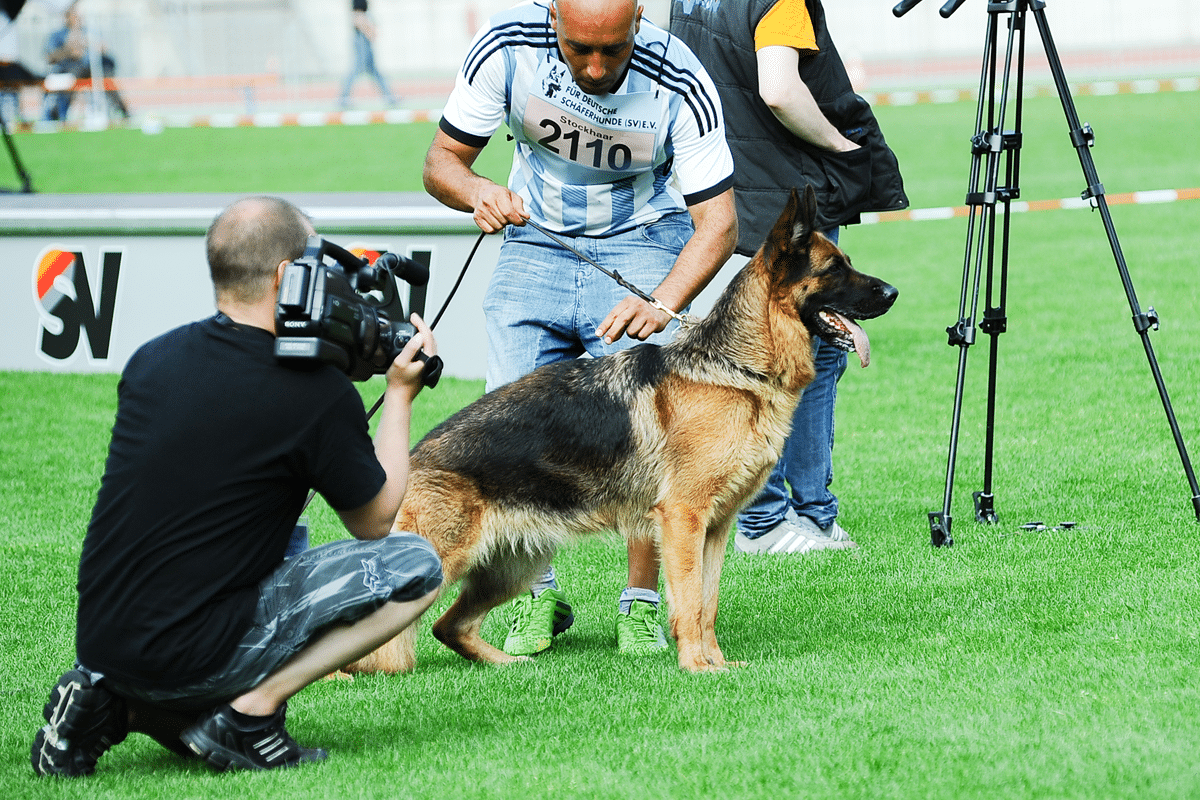 Shutterstock
Shutterstock
The ultimate canine cast of Hollywood’s most glamorous era. These breeds weren’t just background fluff; they had style, talent, and the kind of star power that could rival Cary Grant’s jawline. From dramatic rescues to comedic chaos, they barked, strutted, and snuggled their way into the hearts of audiences around the globe. And let’s be real—they’re still ready for their close-up. So the next time you rewatch a classic flick, don’t forget to give credit where it’s due—to the dogs who truly understood what it meant to steal the scene.
 Toledo, United States.
Toledo, United States.
